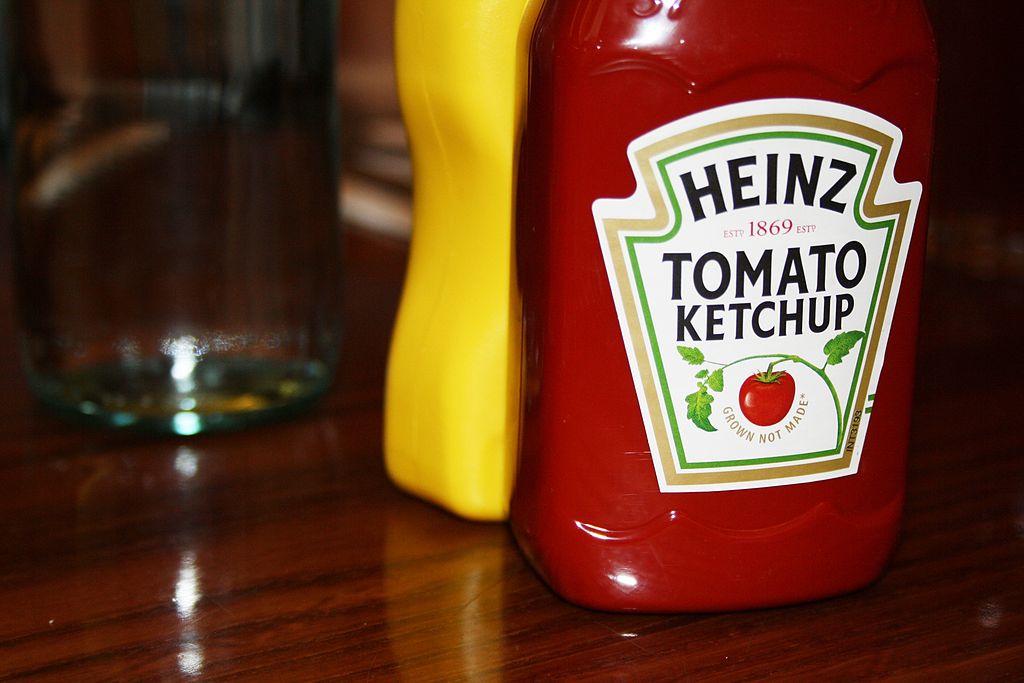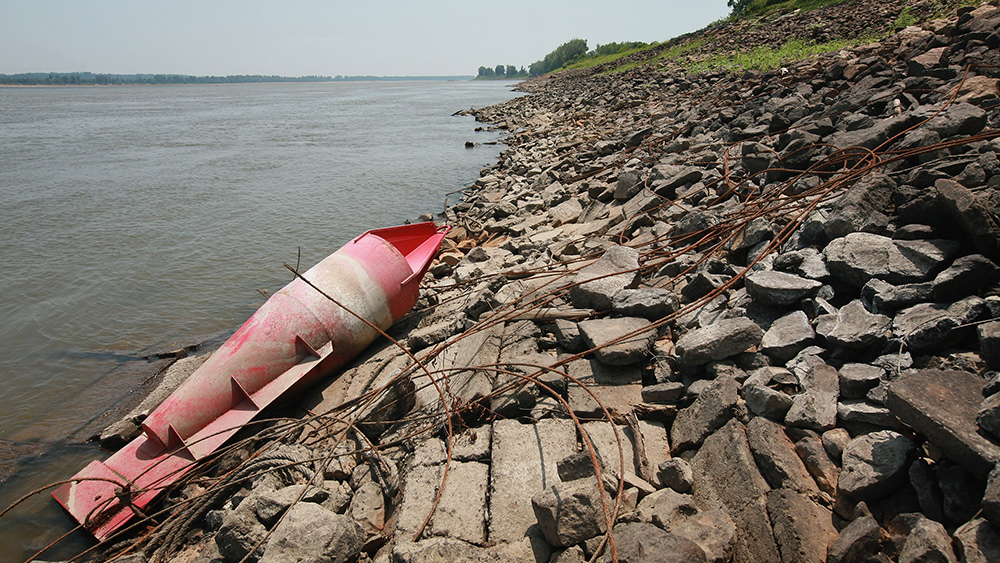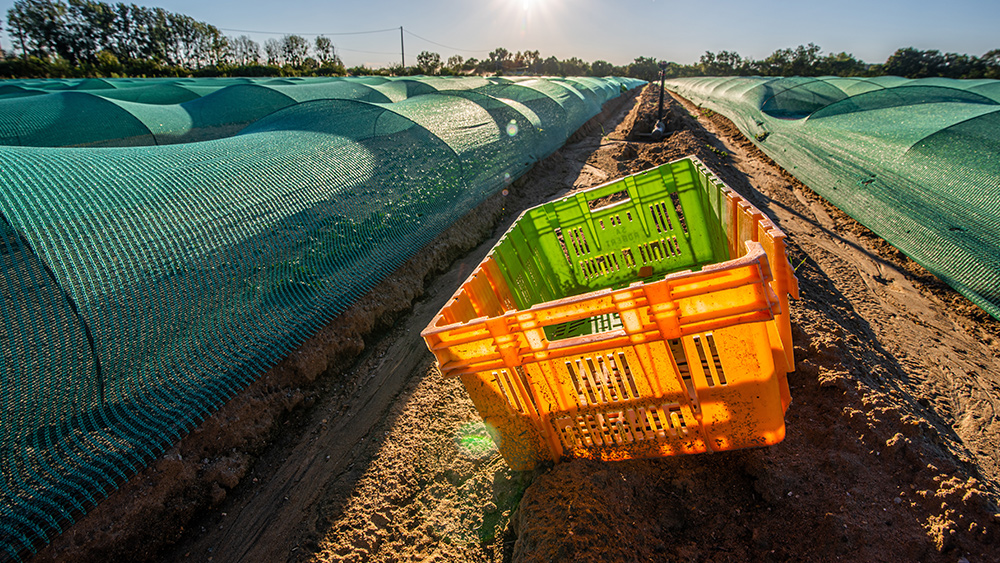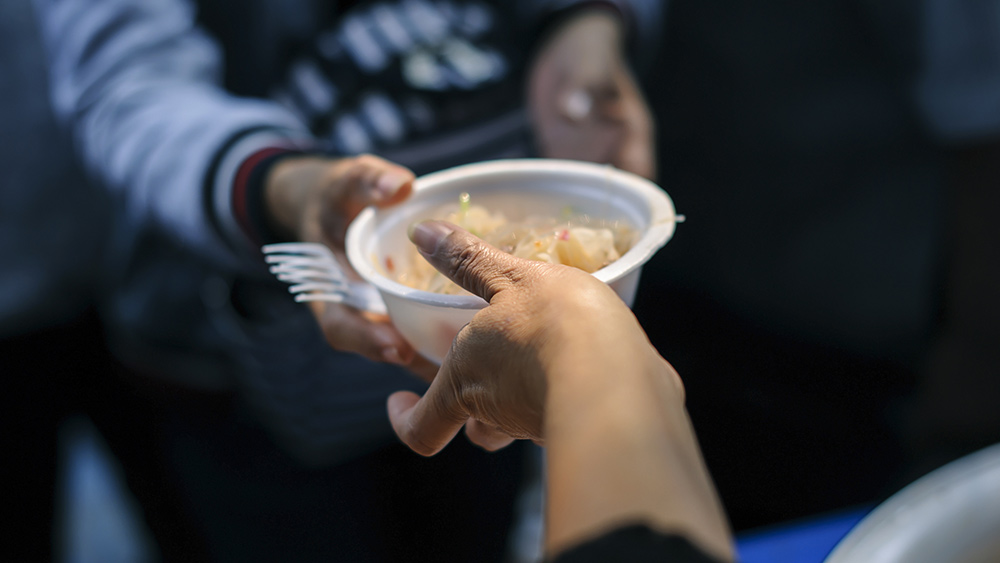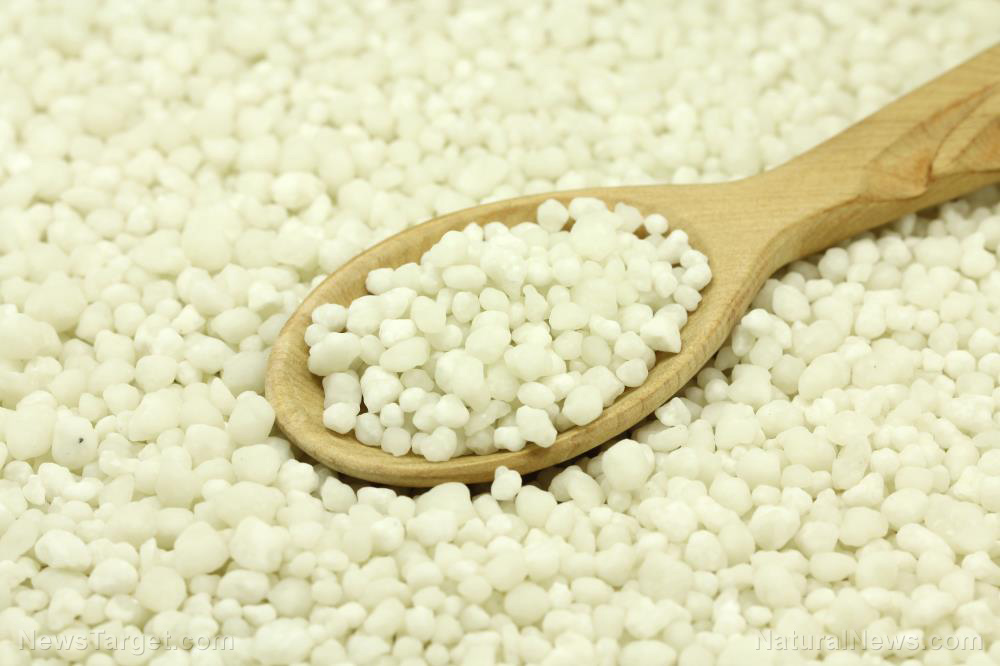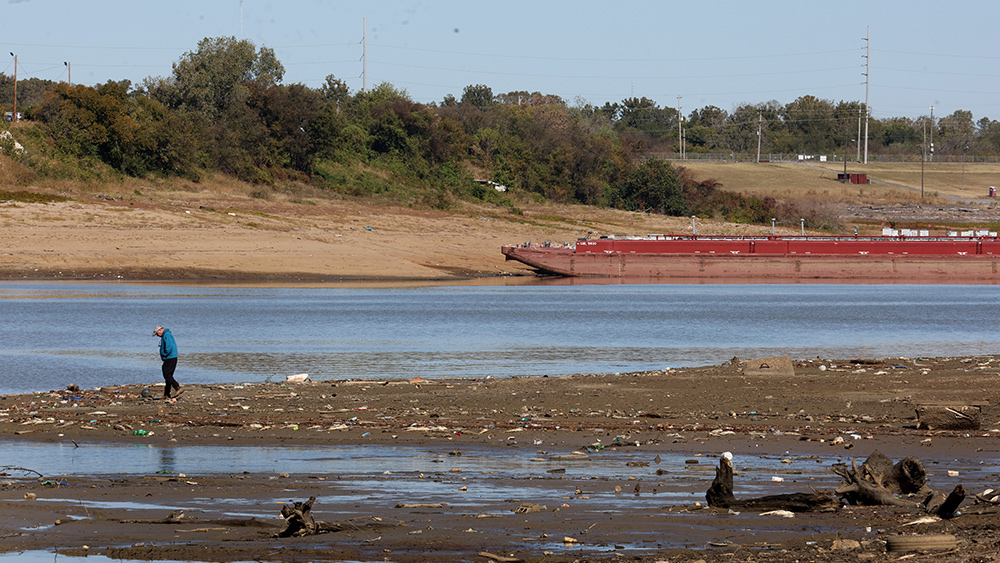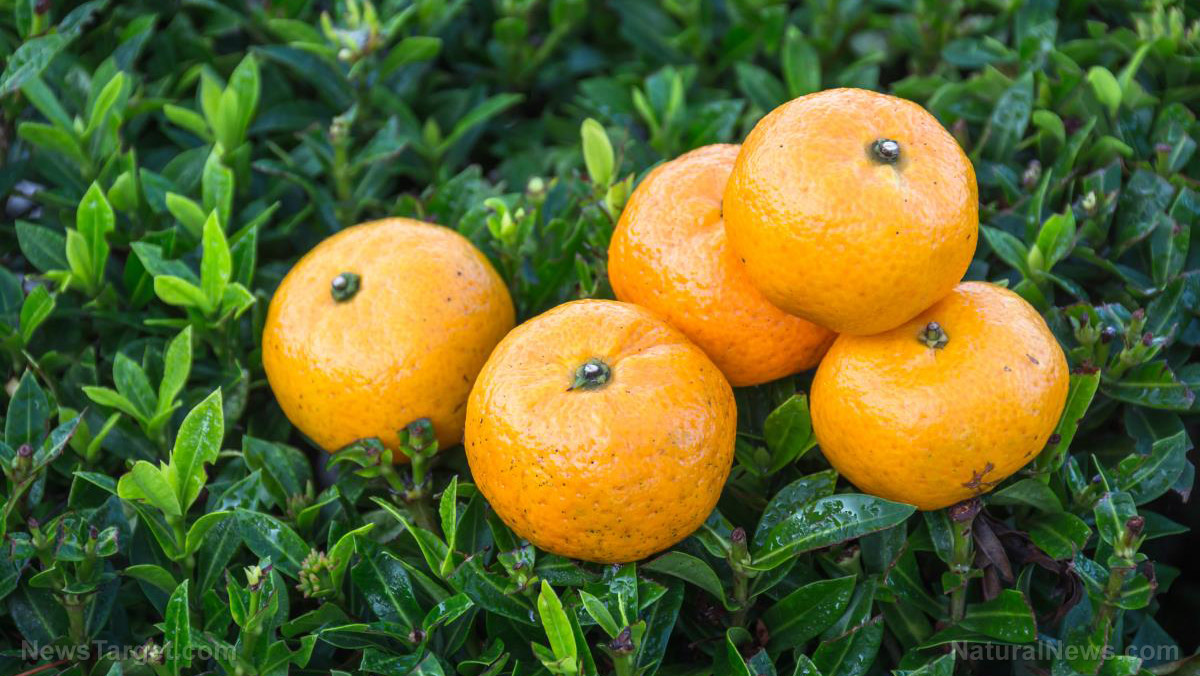Poorer countries in free-fall COLLAPSE as global food import costs reach “alarming level”
11/15/2022 / By Ethan Huff

The latest report from the United Nations (UN) Food and Agriculture Organization (FAO) indicates that the global aggregate of food import costs has reached nearly $2 trillion in 2022 due to runaway inflation.
The FAO’s “Food Outlook” explains that the cost of importing wheat, rice, maize, vegetable oils, and pretty much all other farm goods will soon reach an all-time high, topping the previous record high that was reached in 2021 by at least 10 percent.
As food prices increase and other currencies besides the United States dollar depreciate, the FAO does expect some degree of demand destruction. Still, the poorest countries could face mass starvation as food prices soar out of reach. (Related: Even “First World” countries like the United Kingdom are crumbling under the pressure of inflation.)
Developing countries that heavily rely on food imports will be hit the hardest, especially as they face insurmountable and ever-rising debt. Many such nations are rapidly burning through their dollar stockpiles – faster than in the past two decades, we are told.
The money changers that control the U.S economy and its Federal Reserve Note currency Ponzi scheme have ensured that other currencies can no longer compete against it, which is impoverishing other countries lower on the totem pole at an astounding rate.
“Falling emerging market currencies means the purchasing power of importing has declined,” reports Zero Hedge. “It comes as global food prices remain at lofty levels.”
Is a day of reckoning coming for the United States once the collapse hits our shores?
In the report, the FAO’s Markets and Trade Division warns that “[t]hese are alarming signs from a food security perspective, indicating importers are finding it difficult to finance rising international costs, potentially heralding an end to their resilience to higher international prices.”
Perhaps the most known example of this is Sri Lanka, which has been in an economic free-fall ever since it outlawed the use of crop fertilizer a few years back. Earlier this year, Sri Lanka ran out of reserves while at the same time defaulting on its overseas bonds, leaving it with no money to import basic necessities like food and fuel.
This sparked widespread rioting and social upheaval, a phenomenon that has since spread like a contagion – you might even say like a virus – to other countries that are similarly very low on the food chain.
The more things unravel, the worse things are going to get for the world’s poorest countries. However, after those are decimated, richer countries will follow suit in ways many cannot even fathom.
The Titanic itself, the United States corporation, will finally and justifiably inherit the consequences of the mess its leaders have made by raping and pillaging not only the world but its own citizens, all so the “elite” could capture limitless power and financial gain.
For the time being, the U.S. and other top-dog nations are still siphoning the cream of the crop. The best of what the world has to offer continues to be imported while the developing world is lucky to even just get staples – but it will not stay like this forever.
Keep in mind that fertilizer costs continue to skyrocket, up 48 percent this year compared to last. This will, once again, hit poorer countries the hardest, at least at first. Eventually, though, it will catch up with everyone, including Mystery Babylon herself.
“Global unrest, inflation flood of illegal immigration, soaring energy costs … no wonder the market is soaring,” joked one commenter about how fake and ridiculous the U.S. financial system is.
Another quoted Henry Kissinger who once said:
“Who controls the food supply controls the people; who controls the energy can control whole continents; who controls money can control the world.”
Want to learn more about the ongoing collapse of the global economic order? Visit Collapse.news.
Sources for this article include:
Submit a correction >>
Tagged Under:
bubble, collapse, currency crash, Food and Agriculture Organization, food collapse, food inflation, food supply, hunger, imports, inflation, money supply, poor, poverty, risk, starvation, supply chain, United Nations
This article may contain statements that reflect the opinion of the author
RECENT NEWS & ARTICLES
Hunger.News is a fact-based public education website published by Hunger News Features, LLC.
All content copyright © 2022 by Hunger News Features, LLC.
Contact Us with Tips or Corrections
All trademarks, registered trademarks and servicemarks mentioned on this site are the property of their respective owners.

